Instructions for Side by Side Printing
- Print the notecards
- Fold each page in half along the solid vertical line
- Cut out the notecards by cutting along each horizontal dotted line
- Optional: Glue, tape or staple the ends of each notecard together
Histology(Ch6-9, Slides 33-85)
front 1 What is cell turnover | back 1 the process of shedding/ replacing old cells with new ones, happens in the skin and bone marrow |
front 2 What is ischemia | back 2 a less-than-normal amount of blood flow to part of your body |
front 3 What are the functions of epithelium | back 3
|
front 4 What are the bases we classify epithelial cells on | back 4 Based on:
|
front 5 Where you can find simple squamous epithelial | back 5 Lungs, blood vessels and body cavities |
front 6 Where can you find simple cuboidal cells | back 6 In kidney tubules |
front 7 Where can you find simple columnar cells | back 7 In the stomach and gallbladder |
front 8 Where can you find stratified squamous epithelial cells | back 8 Skin, esophagus |
front 9 Where can you find stratified cuboidal epithelial cells | back 9 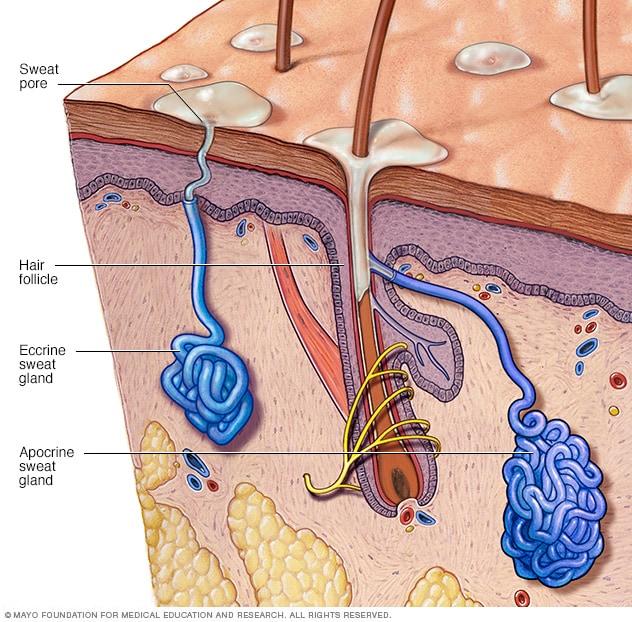 Sweat glands |
front 10 Where can you find pseudostratified epithelial cells | back 10 Respiratory tracts |
front 11 Where can you find transitional epithelial cells | back 11 Bladder |
front 12 What are the specialisation of epithelium | back 12
|
front 13 What are the types of connections in the epithelium | back 13
|
front 14 What are tight junctions good for? | back 14 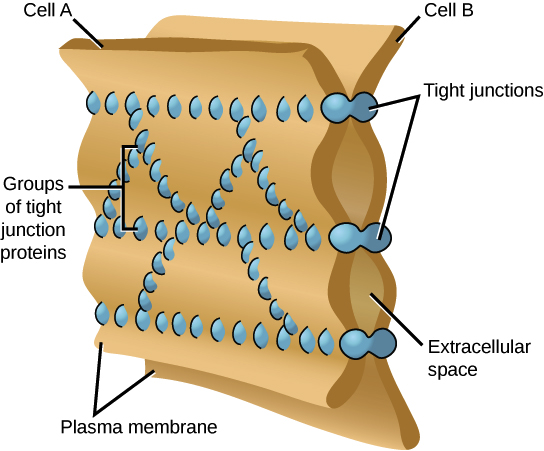 They're in the apical(surface level) and they're good to not allow leakage |
front 15 What are adherent junctions made from | back 15  Actin filament |
front 16 What are desmosomes made from | back 16 Intermediate filament |
front 17 What are gap junctions used for | back 17 To transmit ions and soluble in water stuff for communication between cells |
front 18 What are hemidesmosomes good for | back 18 Connection between the epithelial cell and basal membrane |
front 19 What are the bases we categories epithelial glands on | back 19 Based on:
|
front 20 What are the types of exocrine glands | back 20
|
front 21 Name examples of tubular secretory region epithelial glands | back 21  Sweat glands |
front 22 Name examples of acinar(grape shaped) secretory region epithelial glands | back 22 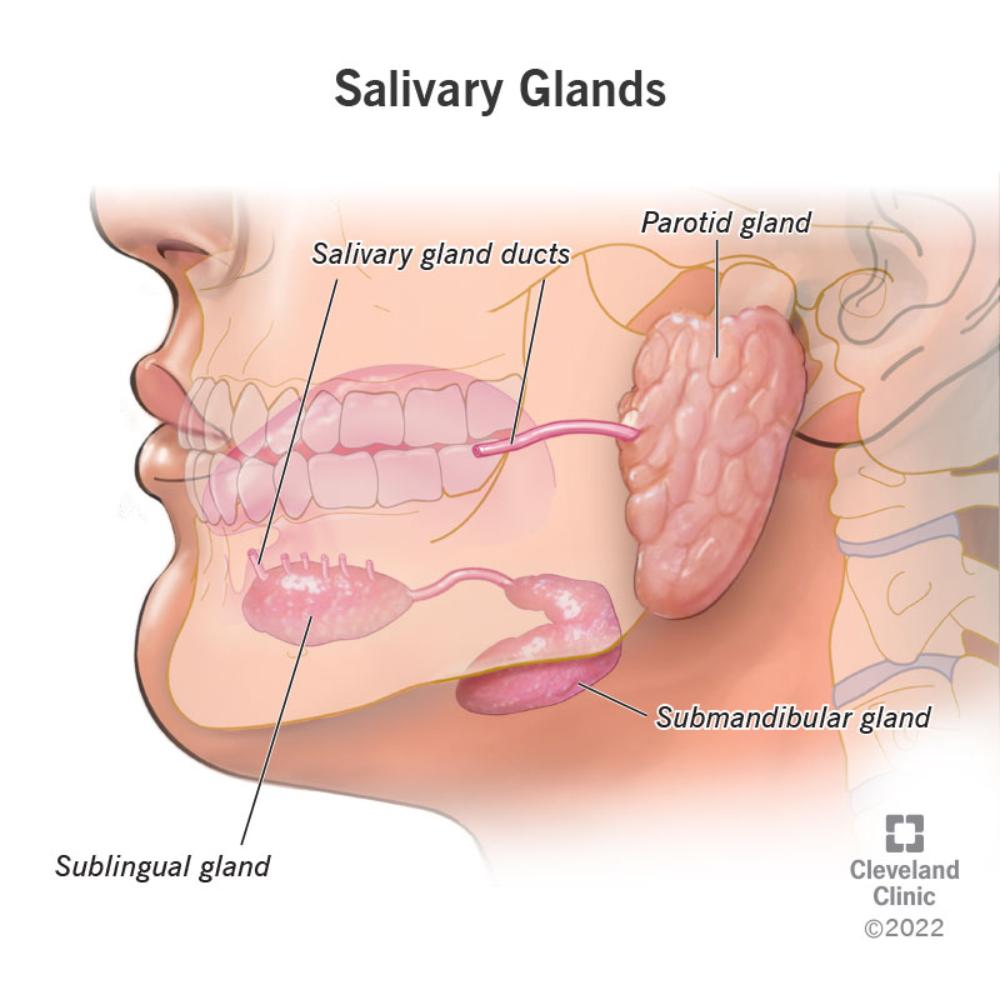 Salivary glands |
front 23 Name the types of epithelial glands based on secretion mechanism | back 23
|
front 24 What are epithelial glands secretion types | back 24
|
front 25 What are the biggest cells in the human body based on size | back 25 Skeletal muscle cells |
front 26 Whats the job of the sino-atrial node | back 26 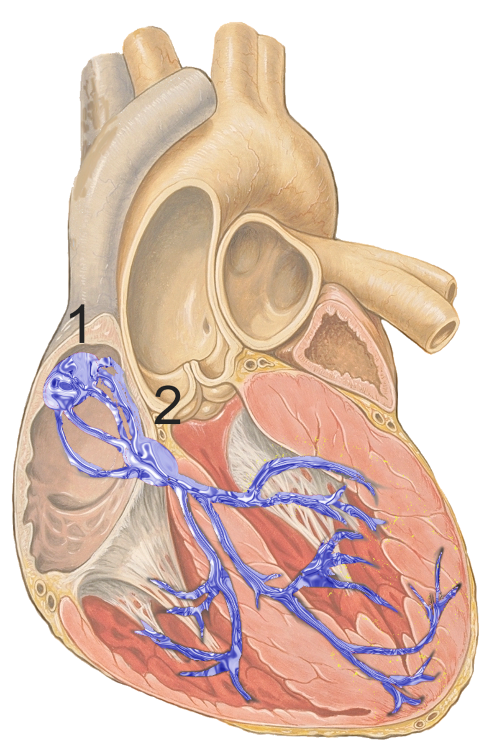 Its what controls the heart beating, signaling it to beat and regulates it like a peacmaker device would which is a device that balances the heart that beats too fast or too slow |
front 27 How many nucleus does the cardiomyocytes have | back 27 One or two centrally located nucleus |
front 28 How many junctions are in intercalated discs | back 28 Adherens, desmoses and gap junctions |
front 29 Why do cardiac muscle seem straited | back 29 Because of how sarcomers are arranged |
front 30 How long are cardiomyocytes | back 30 80-100 microns |
front 31 How much is the diameter of cardiomyocytes | back 31 15 microns |
front 32 Whats hypertrophy | back 32 Increasing in cardiac muscle size |
front 33 Whats hypotrophy | back 33 Decreasing in cardiac muscle size |
front 34 Whats the shape of smooth muscle cells | back 34 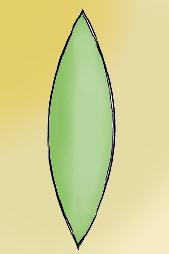 Spindle-shaped |
front 35 What are the junctions in smooth muscle cells | back 35 Desmosomes and gap junctions |
front 36 How are smooth muscles not strained but cardiac and skeletal are | back 36 Because smooth muscles lack sarcomers |
front 37 Amongst muscle cells which one of them has an undeveloped sarcoplasmatic reticulum SR | back 37 Smooth muscle cells |
front 38 Whats smooth muscle cells function in blood vessels | back 38 They contract to ecpel content |
front 39 How is duration of smooth muscle contraction | back 39 Long, takes a long time |
front 40 Which one of the muscles have the greatest generative capacity | back 40 Smooth muscles |
front 41 Whats hyperplasia | back 41 Enlargement of an organ or a tissue by proliferation(quick increasing of number) of cells |
front 42 How do smooth muscles regenerate | back 42 By Pericytes that are present in them that devide causing making new muscle cells |